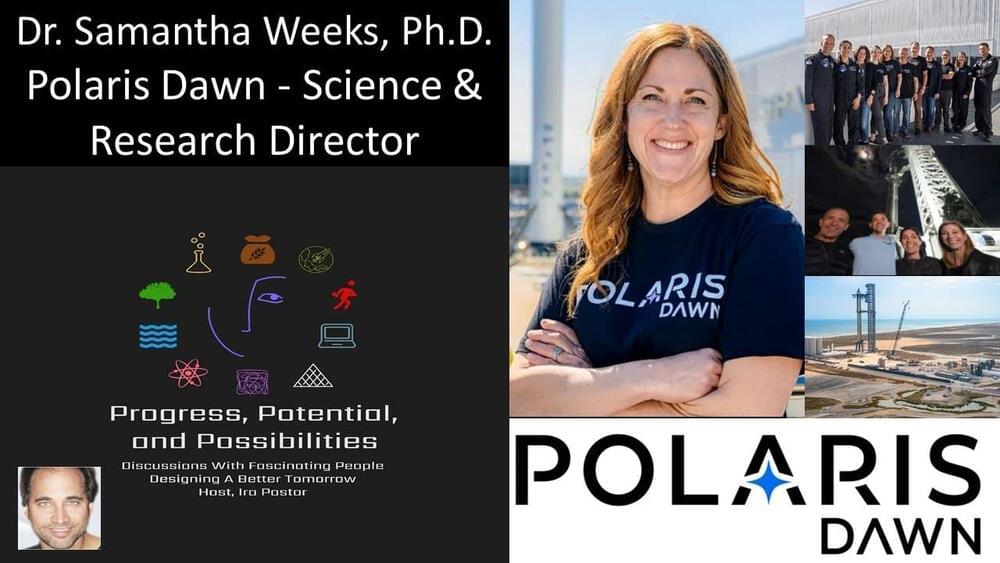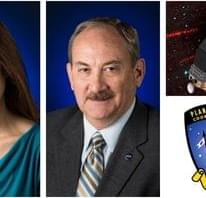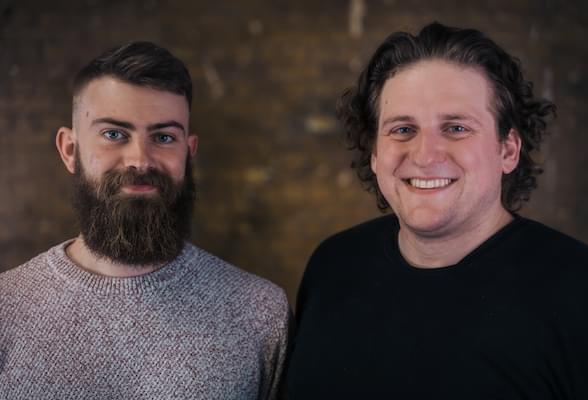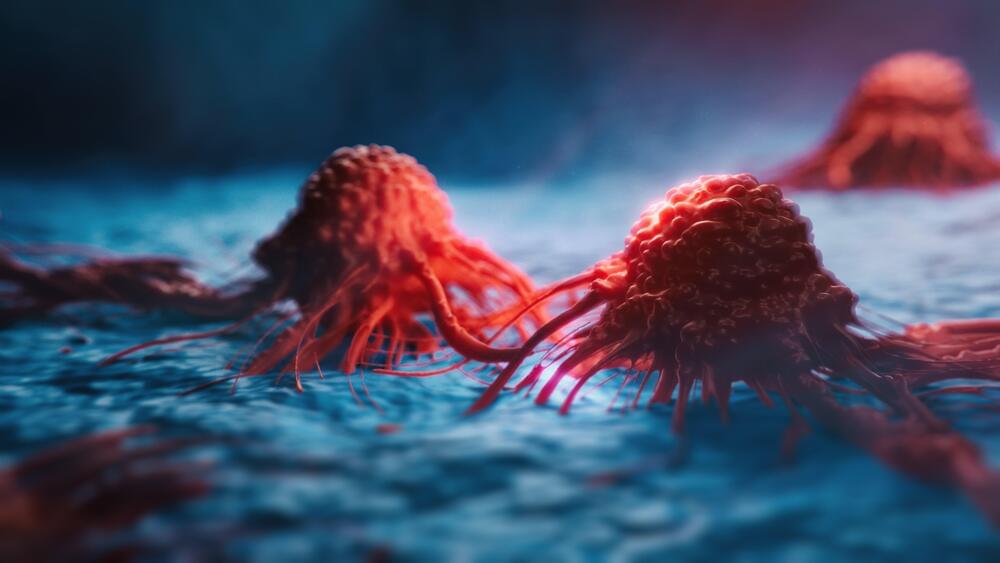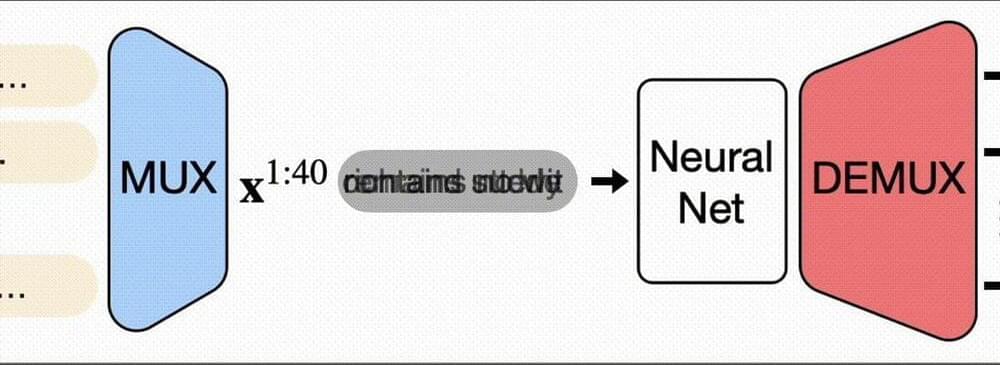Mar 21, 2022
So Where Exactly Are We With Nanotechnology? | Answers With Joe
Posted by Jose Ruben Rodriguez Fuentes in categories: nanotechnology, sustainability
Get a year of Nebula and Curiosity Stream for only $14.79 when you sign up at http://www.curiositystream.com/joescott.
We’ve been hearing for years how nanotechnology is going to change the world. In movies and in headlines, nanotechnology is almost like “future magic” that will make the impossible possible. But how realistic are those predictions? And how close are we to seeing some of them come true? Let’s take a look at the state of nanotechnology.
Want to support the channel? Here’s how:
Continue reading “So Where Exactly Are We With Nanotechnology? | Answers With Joe” »

